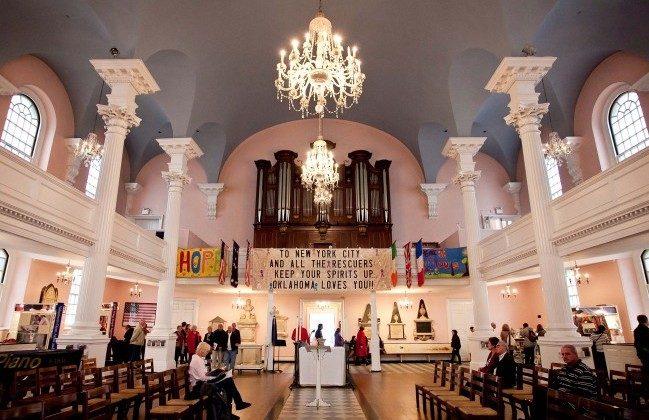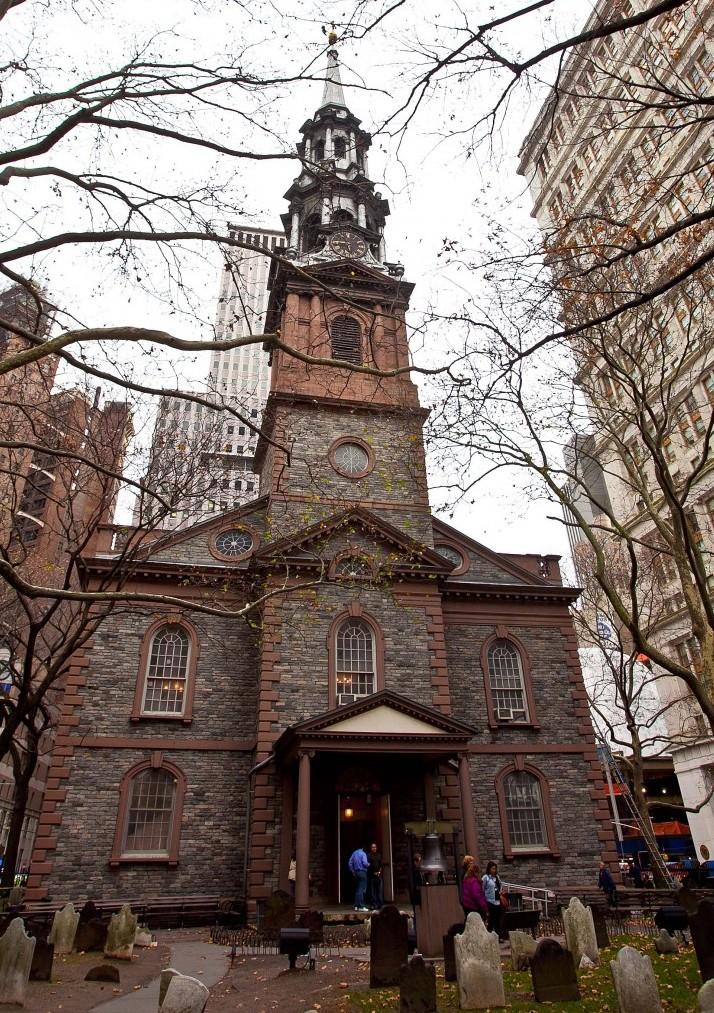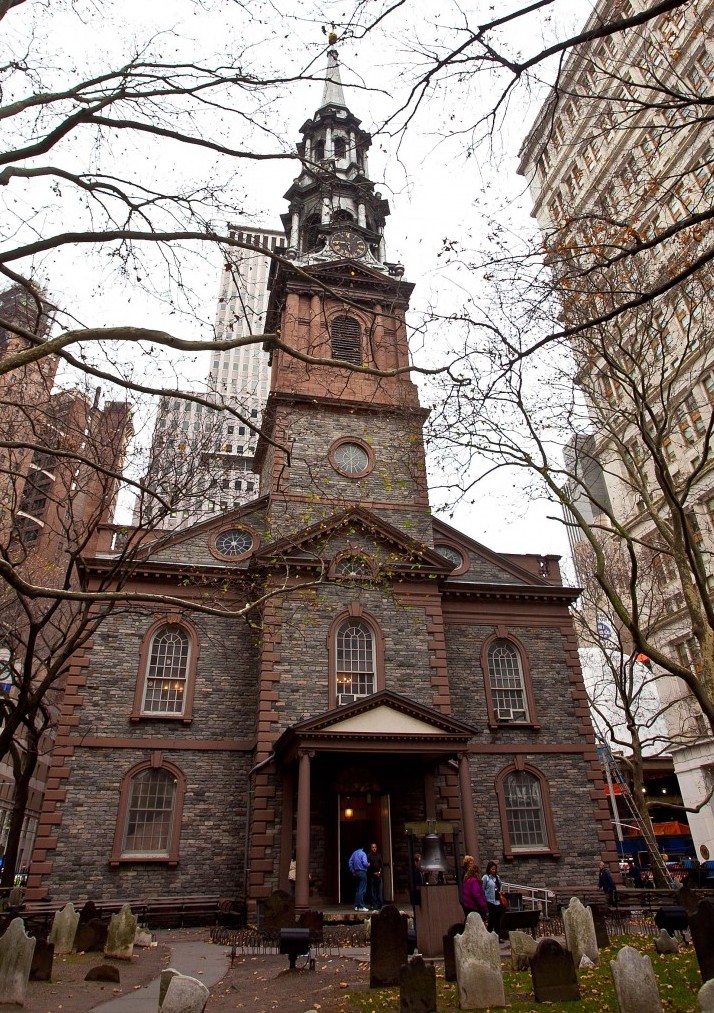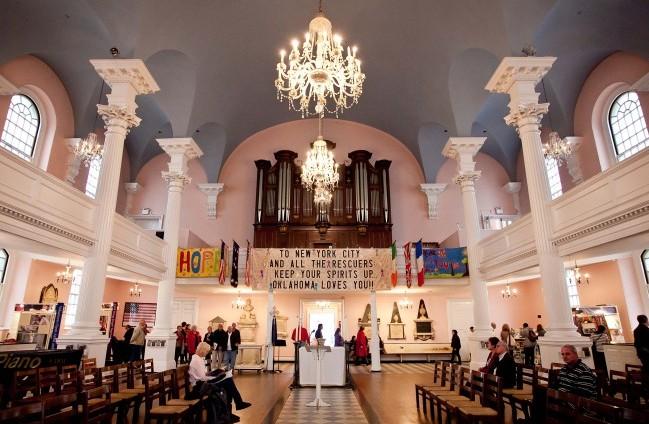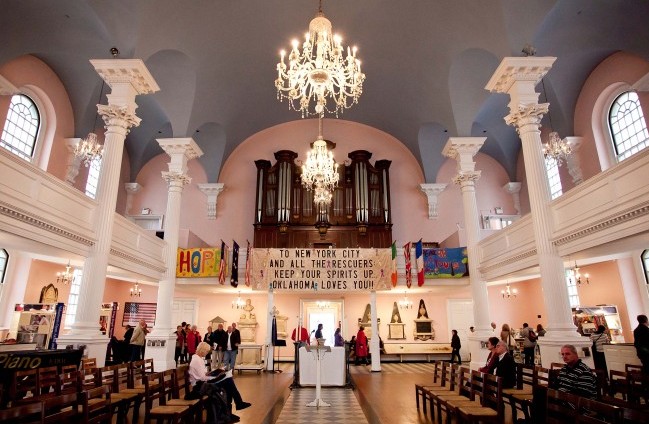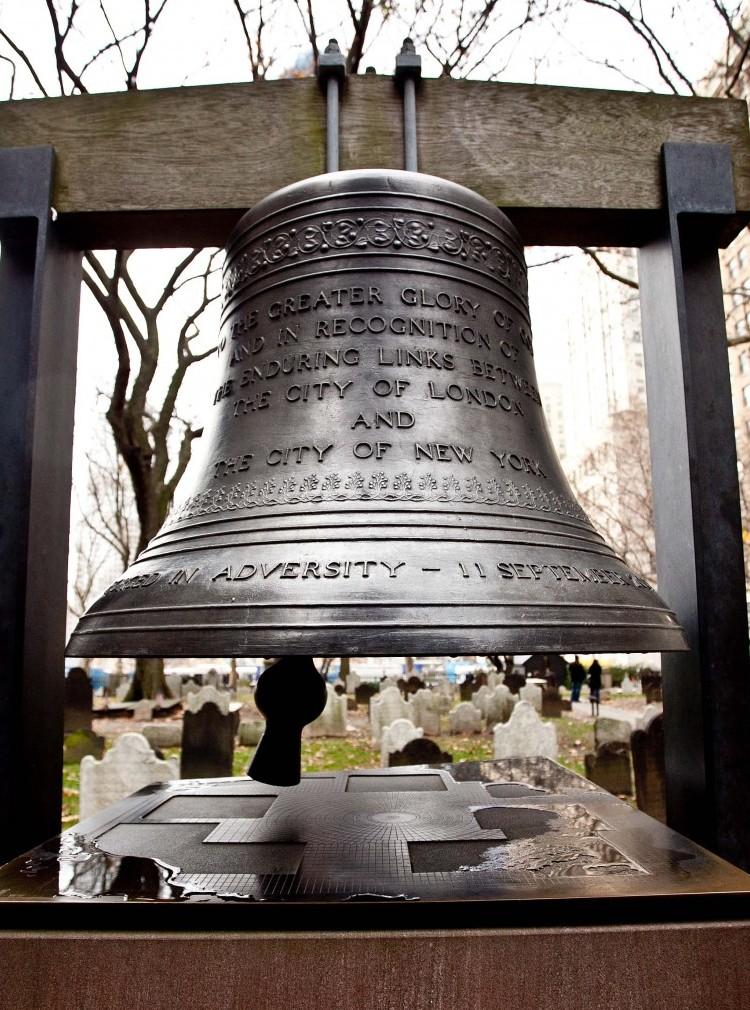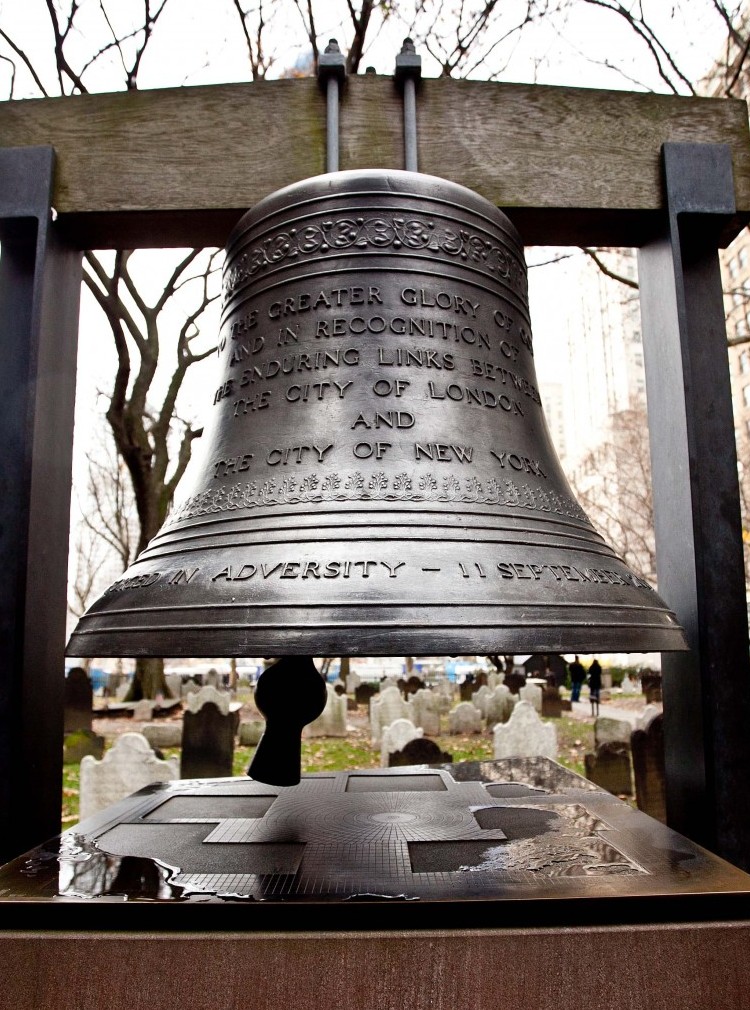Architects: Andrew Gautier and James Lawrence
Years Built: 1764–1766
NEW YORK—Known as Manhattan’s oldest public building in continuous use, St. Paul’s Chapel opened in 1766, and was declared a National Historic Landmark in 1966.
“Among the very few 18th century buildings which remain to us today, St. Paul’s Chapel is undoubtedly the most notable both architecturally and historically,” says a Landmarks Preservation Commission document from 1966. “The fact that it is the oldest existing church edifice in New York and that it has outlived all of its contemporaries, including the famous Dutch Reformed churches, some of which were built at a later date, is remarkable.”
The chapel stood in a field to the north of the then-port town, beyond the city wall, when it first opened. It survived New York’s Great Fire in 1776, while other nearby buildings, such as Trinity Church, did not. It became the temporary home of many parishioners after Trinity’s destruction, including George Washington. s
Builders used Manhattan schist, a native stone quarried from the building site, and brownstone. The architects modeled St. Paul’s after Georgian style churches, notably St. Martin-in-the-Fields in London. Great Britain popularized Georgian architecture in the 1700s and British immigrants brought it to America. It features square, symmetrical shapes and precise proportional relationships. The Georgian style drew upon the Italian Renaissance and ancient Greek and Roman structures, and is similar to Federal style.
Located at 309 Broadway, between Vesey Street and Fulton Street in Lower Manhattan, St. Paul’s Chapel and the adjoining graveyard “have a special character, special historical and aesthetic interest and value as part of the development, heritage, and cultural characteristics of New York City,” notes the 1966 document.
The chapel survived the 9/11 attacks while the World Trade Center buildings across the street did not. It served as the temporary home of volunteers after the 9/11 attacks during cleanup efforts, provided 3,000 meals a day for about eight months, and offered a sleeping area. Memorial exhibits, including banners, photos, flowers, and a bell outside remain open to the public.
